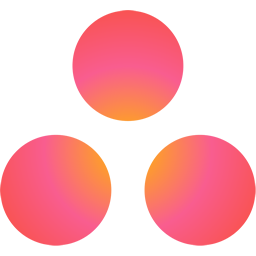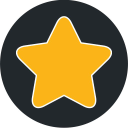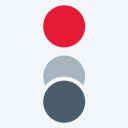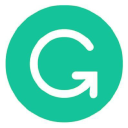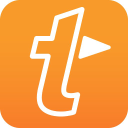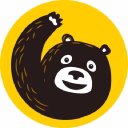How I Started A $1M/Year Productivity Consulting Business
Hello! Who are you and what business did you start?
Hi, I’m Paul. I run a consulting business; we’re an Asana Solutions Partner and Pipedrive Elite Partner.
We make money by 1) Charging consulting fees to set up and train teams on how to use these two software products and 2) Reselling the software or earning a commission for referrals.
Our typical customer is a business owner who’s using Asana and (or) Pipedrive to manage their business and who’d like to improve the efficiency of their team. We work with solo operators all the way up to big enterprise clients (and everyone in between).
I started the business on my own. Worked as a solo operator for many years. And now have a team that does most of the grunt work for me. In a typical month, we’ll make about $90,000 in sales from consulting and subscription fees.

Sorry, you need to login and/or become a member to view the rest of this content.

Download the report and join our email newsletter packed with business ideas and money-making opportunities, backed by real-life case studies.

Download the report and join our email newsletter packed with business ideas and money-making opportunities, backed by real-life case studies.

Download the report and join our email newsletter packed with business ideas and money-making opportunities, backed by real-life case studies.

Download the report and join our email newsletter packed with business ideas and money-making opportunities, backed by real-life case studies.

Download the report and join our email newsletter packed with business ideas and money-making opportunities, backed by real-life case studies.

Download the report and join our email newsletter packed with business ideas and money-making opportunities, backed by real-life case studies.

Download the report and join our email newsletter packed with business ideas and money-making opportunities, backed by real-life case studies.

Download the report and join our email newsletter packed with business ideas and money-making opportunities, backed by real-life case studies.









